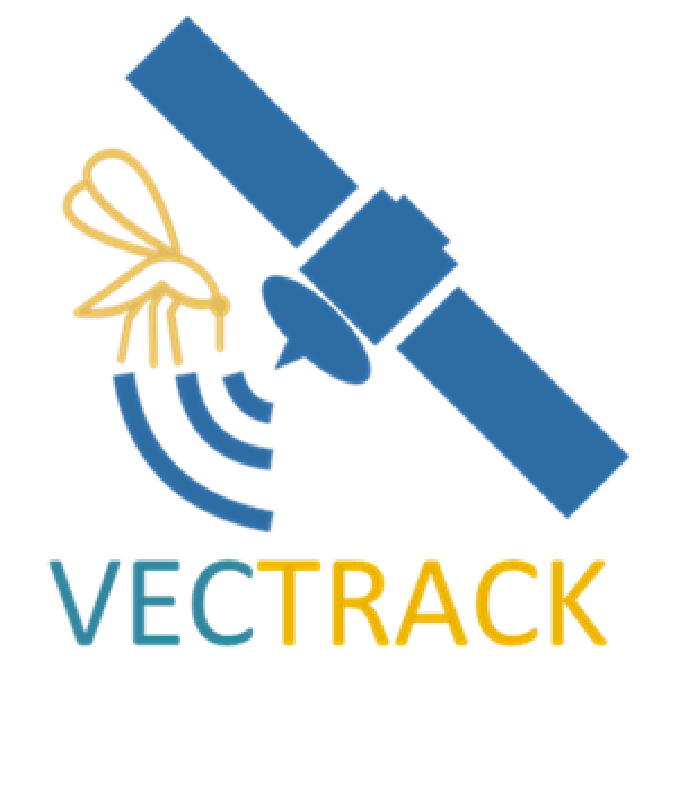
The vectors through which animal, plant and human diseases spread around the world are becoming more mobile. The causes of this change are complex, multifaceted, and will not be easily reversed.
The growth of world trade and international travel has opened up routes for disease vectors, such as the tiger mosquito, to reach new territories worldwide.
Global warming is increasing the risk of the introduction of new pathogens in local or newly established vector populations.

VECTRACK solves this problem by supporting every stage of the vector mapping process from planning the placement of sensors, to implementing it, analysing the species detected, mapping them in the context of the local environment, and generating analyses that can be used to visualise and manage the spread of novel disease vectors.
